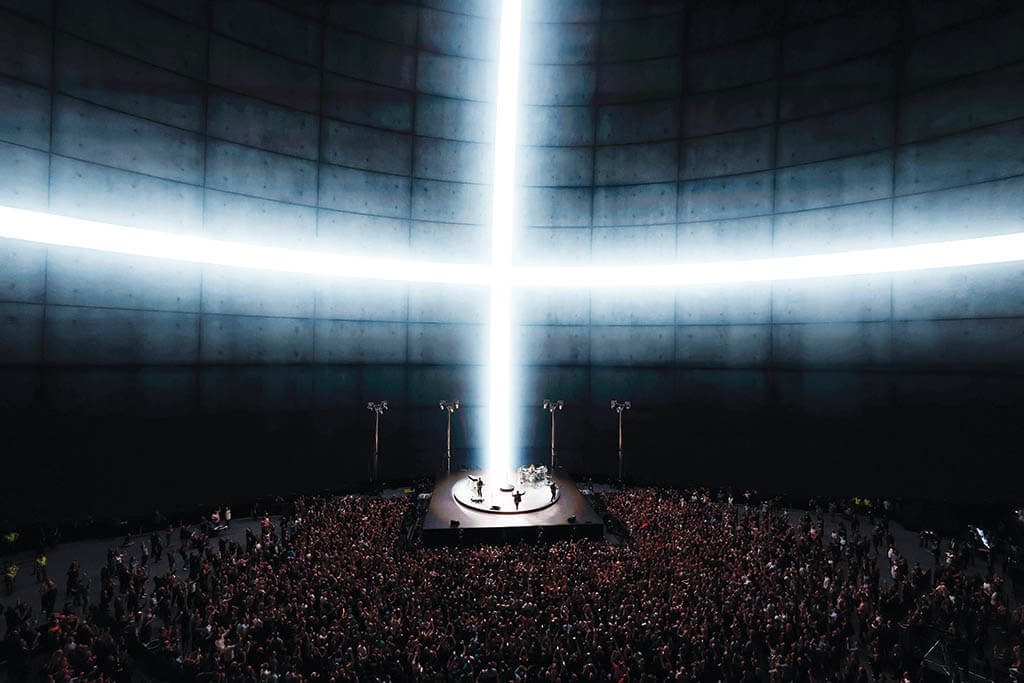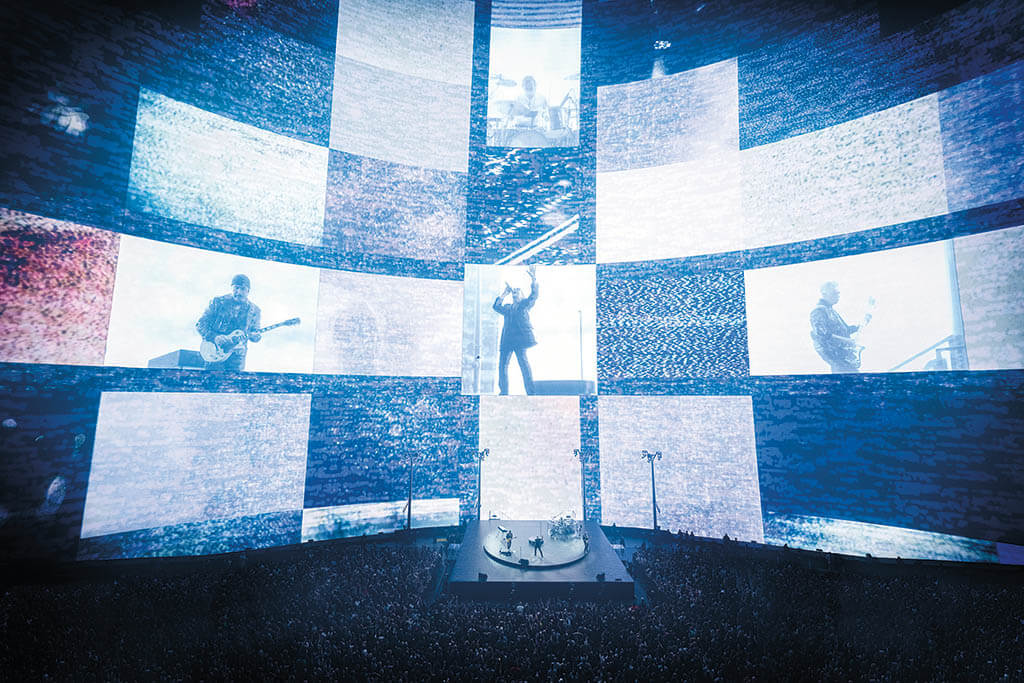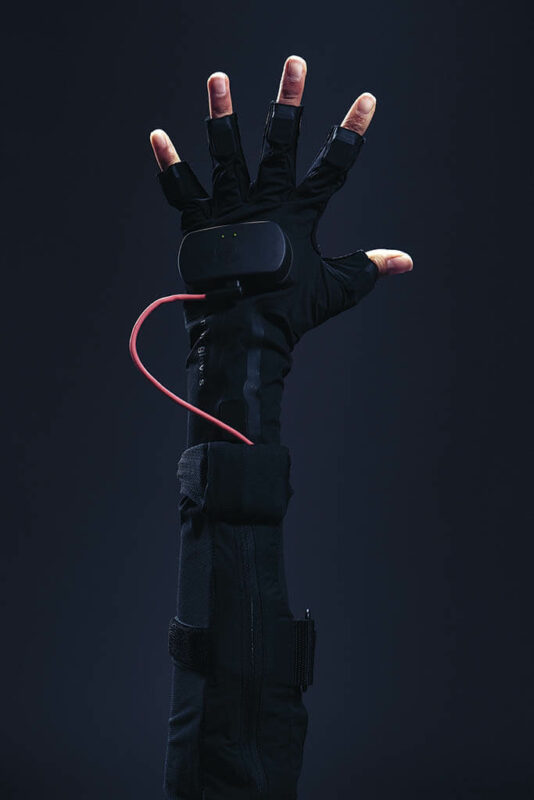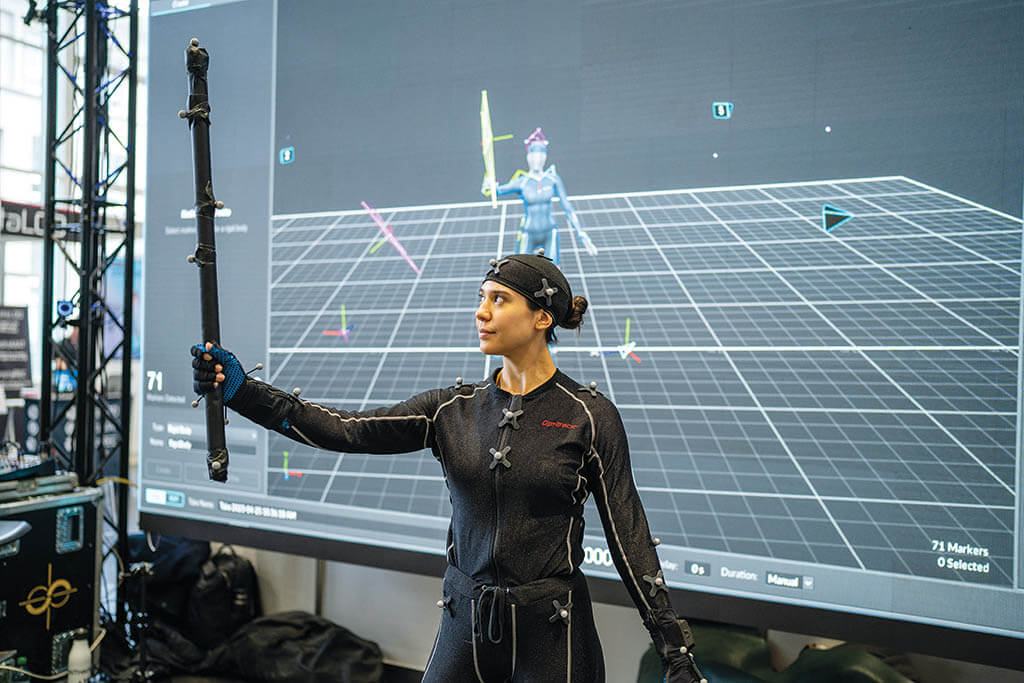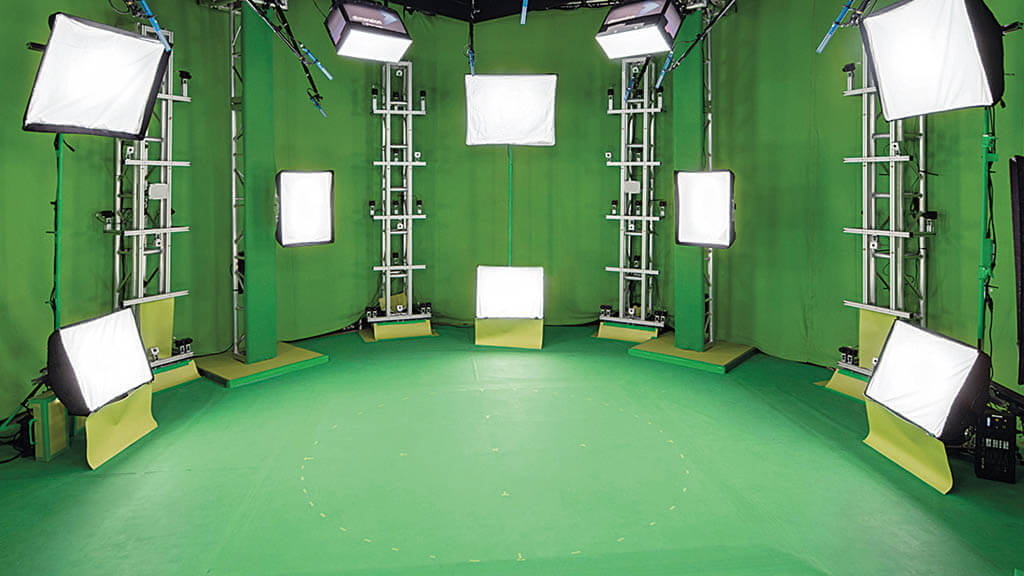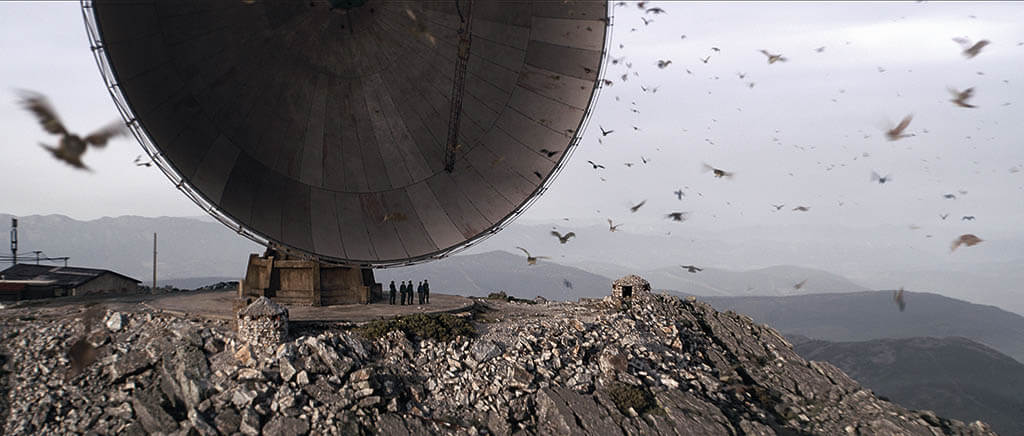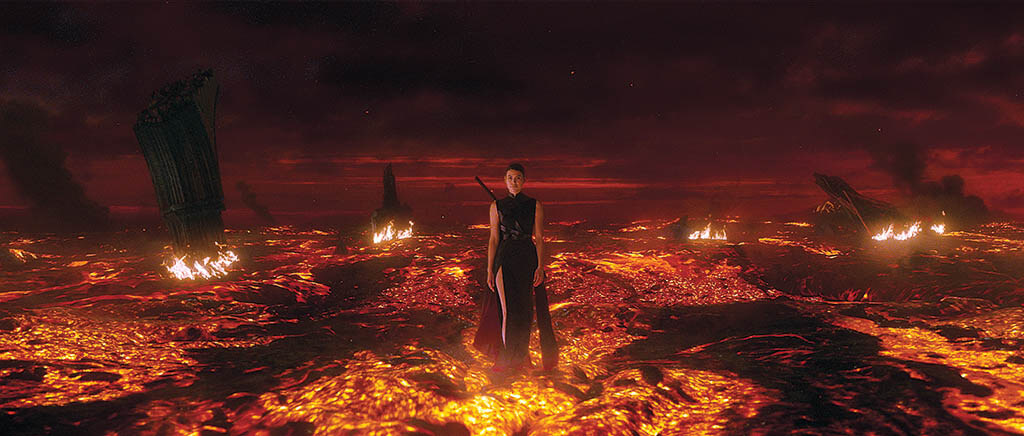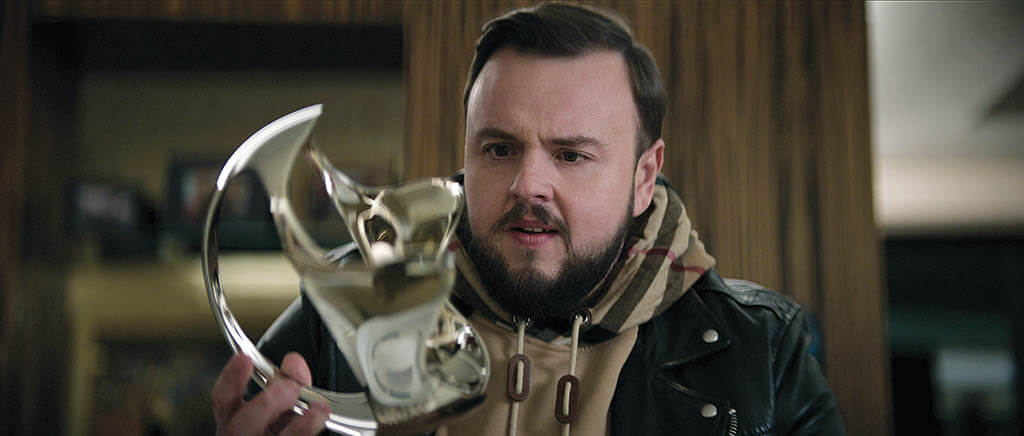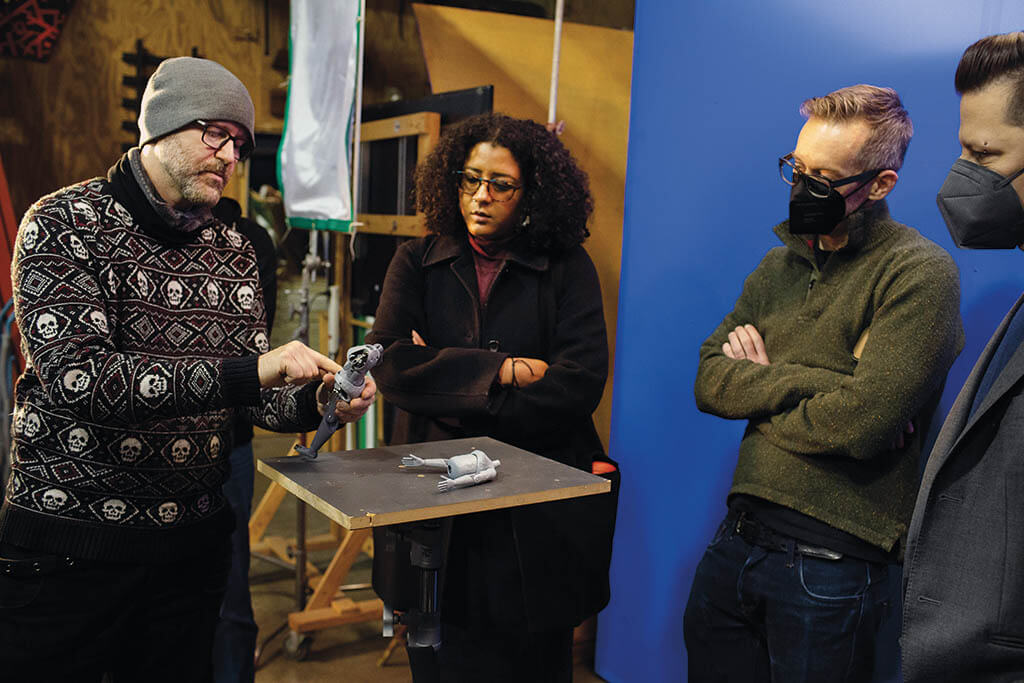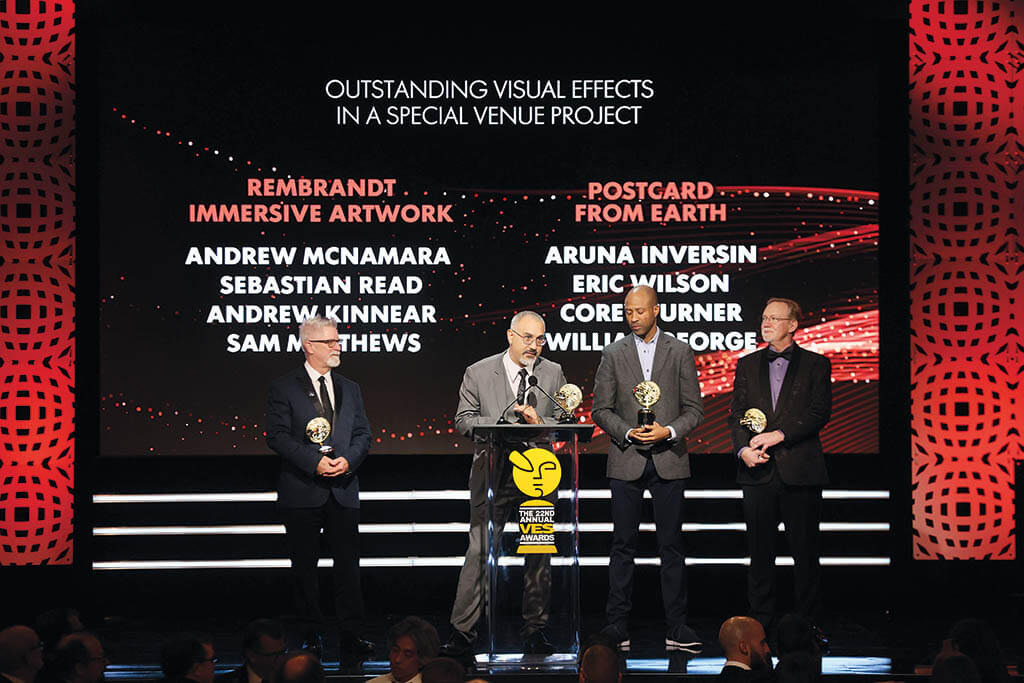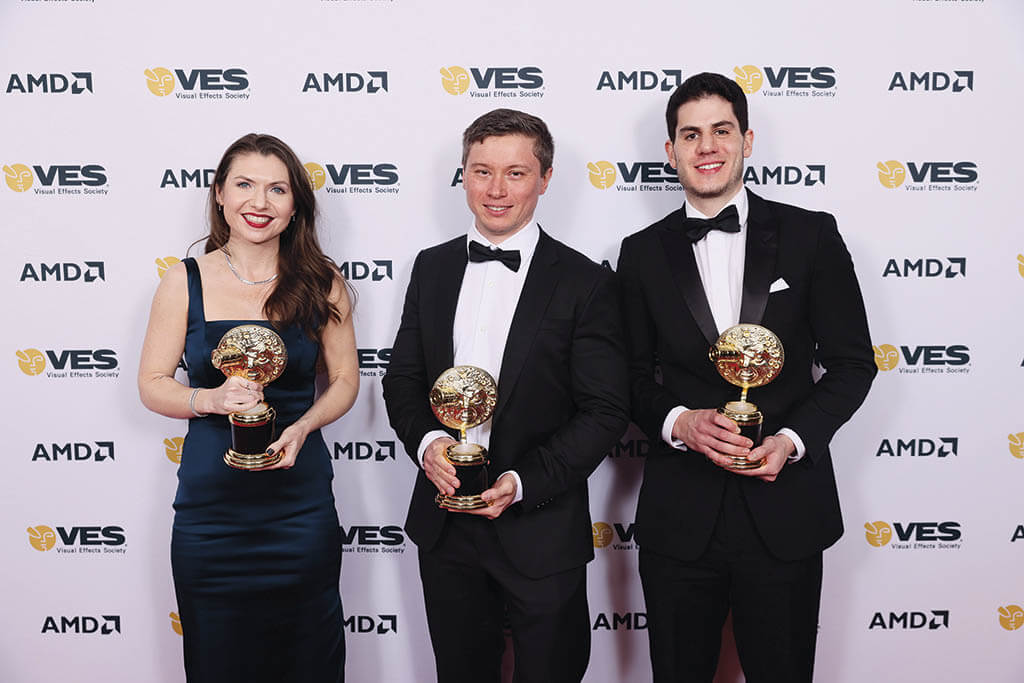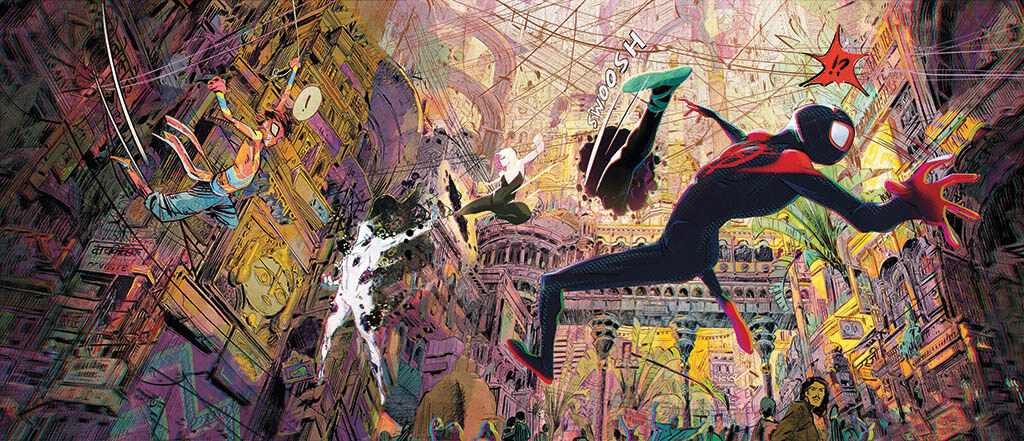(Published September 21, 2011 by The Visual Effects Society)
The Situation Today
The global visual effects industry is in transition. Because visual effects now play a central role in today’s feature films, television programming, animation, video games, commercials and virtually all forms of entertainment, they have become critically important to the entertainment industry.
43 of the top 50 films of all time are visual effects driven. Today, visual effects are the “Movie Stars” of studio tentpole pictures – that is, visual effects make contemporary movies box office hits in the same way that big name actors ensured the success of films in the past.
It is very difficult to imagine a modern feature film or TV program without visual effects. Visual effects drive the entertainment marketplace which entertains billions of people across the globe, and earns billions of net profit dollars each year.
Technology, local tax policies and the current business model have transformed the visual effects industry over the last 30 years from a provincial business with a few locations primarily in California, working on a relatively small number of projects, to a global market of projects and providers. Though the number of jobs has grown worldwide, job security and working conditions have significantly eroded.
Caught in these changing conditions are the visual effects artists, practitioners, and facilities that actually do the work and are finding the business landscape more difficult to navigate. In some parts of the world, many artists and practitioners do not have access to health care coverage (primarily in countries without nationalized health care); in many areas of the world, non-paid and unchecked overtime, lack of access to pensions and day-to-day job security are key issues facing visual effects artists and practitioners. Similarly, many facilities are experiencing tremendous difficulties keeping their doors open because they are finding out that their current business models are broken.
The Visual Effects Society (VES) is an honorary Society of artists and practitioners, and is currently the pre-eminent visual effects organization in the industry. Our mission is to further the art and science of visual effects, to address conditions impacting artists and practitioners, facilities, directors and studios, and to reflect the needs of our membership, therefore enhancing the artistic and business lives of our members around the world. Addressing these challenges will require the collaboration and cooperation of all sectors of the entertainment industry.
In response to this environment, the VES offers this visual effects Bill of Rights, and a dedication to work with the entertainment industry at large to transform the visual effects industry into a model that is mutually sustainable for artists and practitioners, facilities and studios.
Therefore be it resolved that:
A Visual Effects Artist or Practitioner has the right to:
- A clear understanding of the work he/she is being hired to perform, including knowing what they are being paid per hour, per week or per job, as well as the duration of the assignment, with strict adherence to all local labor laws and tax codes regarding overtime, sick time, vacation time, working conditions, safety and other aspects of a professional work environment. This would include a minimum of an industry-standard turnaround between work shifts;
- Negotiate a modification in the terms of employment should the realities of the position change in any material way, or decline work that is outside the terms of the employment agreement;
- Quality health care coverage no matter where in the world he/she may be working;
- Be paid on time;
- Work under conditions conducive to the work they are expected to perform and the creative process it entails;
- Be given a reasonable amount of notice when being asked to work overtime. If asked, to be able to turn down such requests without reprisals;
- An appropriate and certifiable credit;
- Show their work after the project is commercially released for the purpose of securing more work.
A Visual Effects Facility has the right to:
- A clear and reasonable deal memo with the artists and practitioners for hire delineating the scope of the work, the schedule from commencement to completion, and the agreed upon price;
- A clear and reasonable contract, signed before their work begins, with the producers or studio hiring the facility, delineating the scope of work, production schedule and payment schedule;
- Expect to make a fair and reasonable profit for work performed;
- Expect the highest level of professionalism from artists, practitioners, and studios;
- Turn down projects, or additional work on projects already awarded, without fear of reprisal on future projects;
- Charge for material changes and delivery schedule changes that impact the ability to deliver or the quality of work to be delivered;
- Retain ownership of their intellectual property and proprietary tools;
- Fair and reasonable credit for services rendered and/or risks taken;
- Show their work after the project is commercially released for the purpose of securing more work.
A Studio has the right to:
- A clear and reasonable contract delineating the scope of the work, the schedule from commencement to completion of the project, and the payment schedule based on the agreed upon price;
- Be informed in a timely manner before incurring any excess charges, delays or problems with work for which it has contracted;
- Shorten or lengthen a schedule as long as they are willing to compensate facilities;
- Change direction on any aspect of the show in question, as long as it fairly compensates facilities and artists and makes the necessary contractual and time accommodations, on any changes that affect them;
- Expect professional work from facilities, artists and practitioners;
- Expect a high degree of productive collaboration between facilities on shows that have multiple visual effects facilities working on the same project;
The Future
These goals must be sought with an overriding concern for improving the artistic quality and value of the films, TV shows, commercials, animation and new media we produce.
We believe that achieving these outcomes – which will benefit visual effects artists and practitioners, visual effects facilities, directors and production studios – will be a collaborative process. This Bill of Rights is only a starting point for a meaningful discussion that will unfold over the months ahead. Each geographic community that is involved in the crafting of visual effects has different needs. VES’s goal is to play the role of catalyst to bring together all the participants in the entertainment industry who interact with visual effects.
This Bill of Rights is also a “bill of responsibilities:” it must be implemented in a manner that strengthens the visual effects industry. We recognize that the responsibility of moving this program further lies primarily with the VES. This is a global issue—by working together, we will benefit together, and so will the entertainment industry at large.
If you have any comments or questions, please email us at leadership@vesglobal.org
Thank You
Visual Effects Society



























